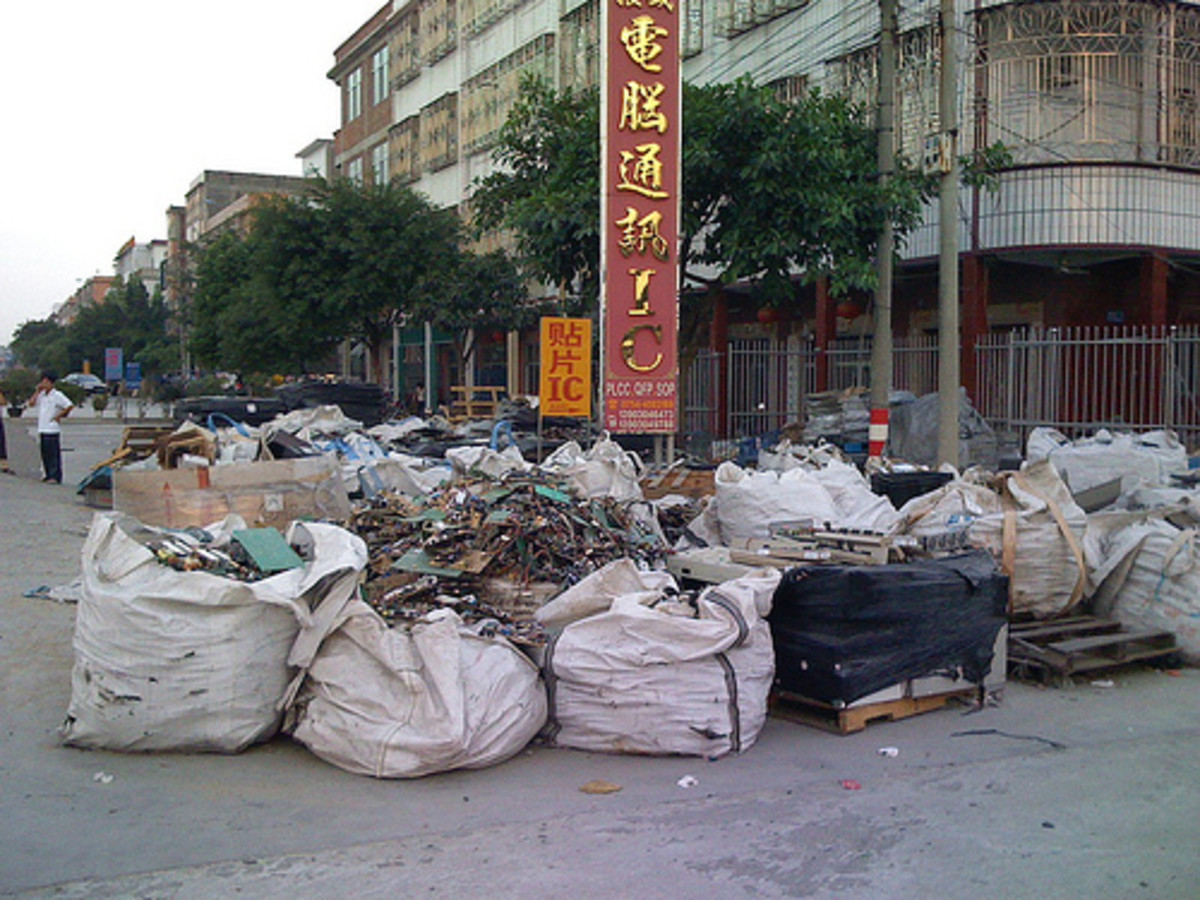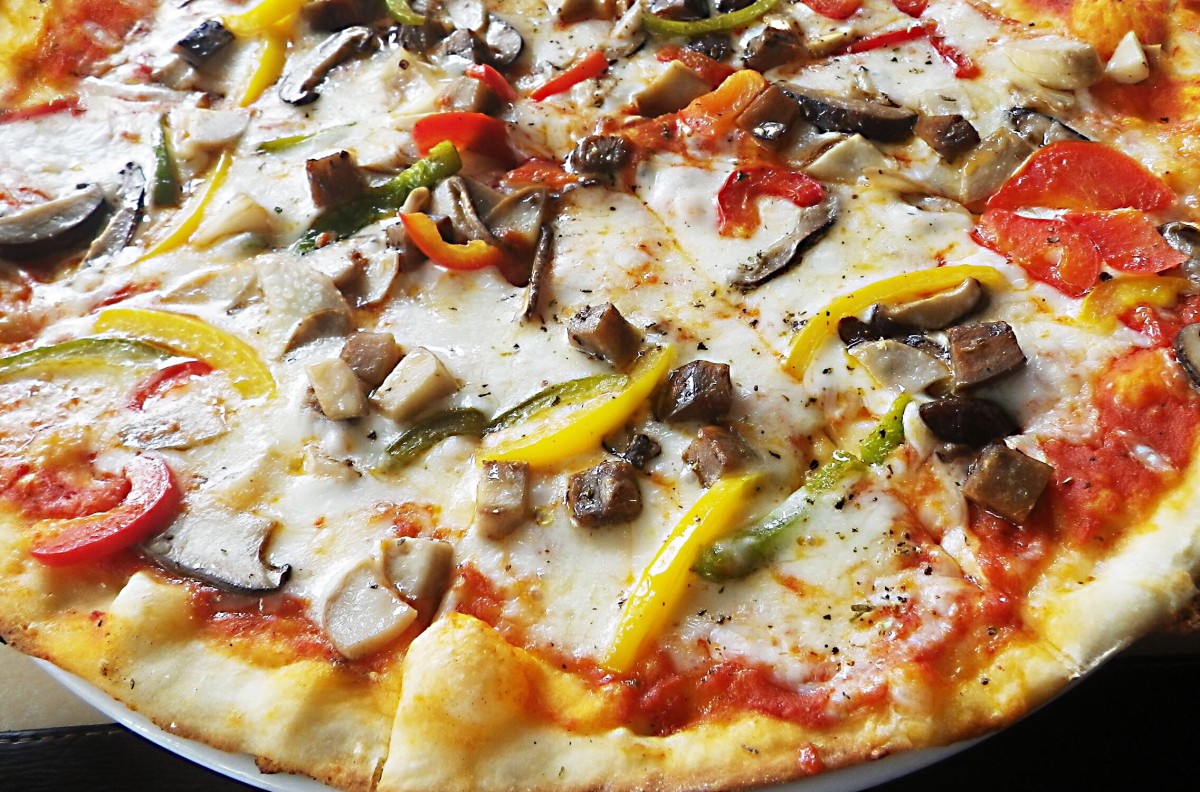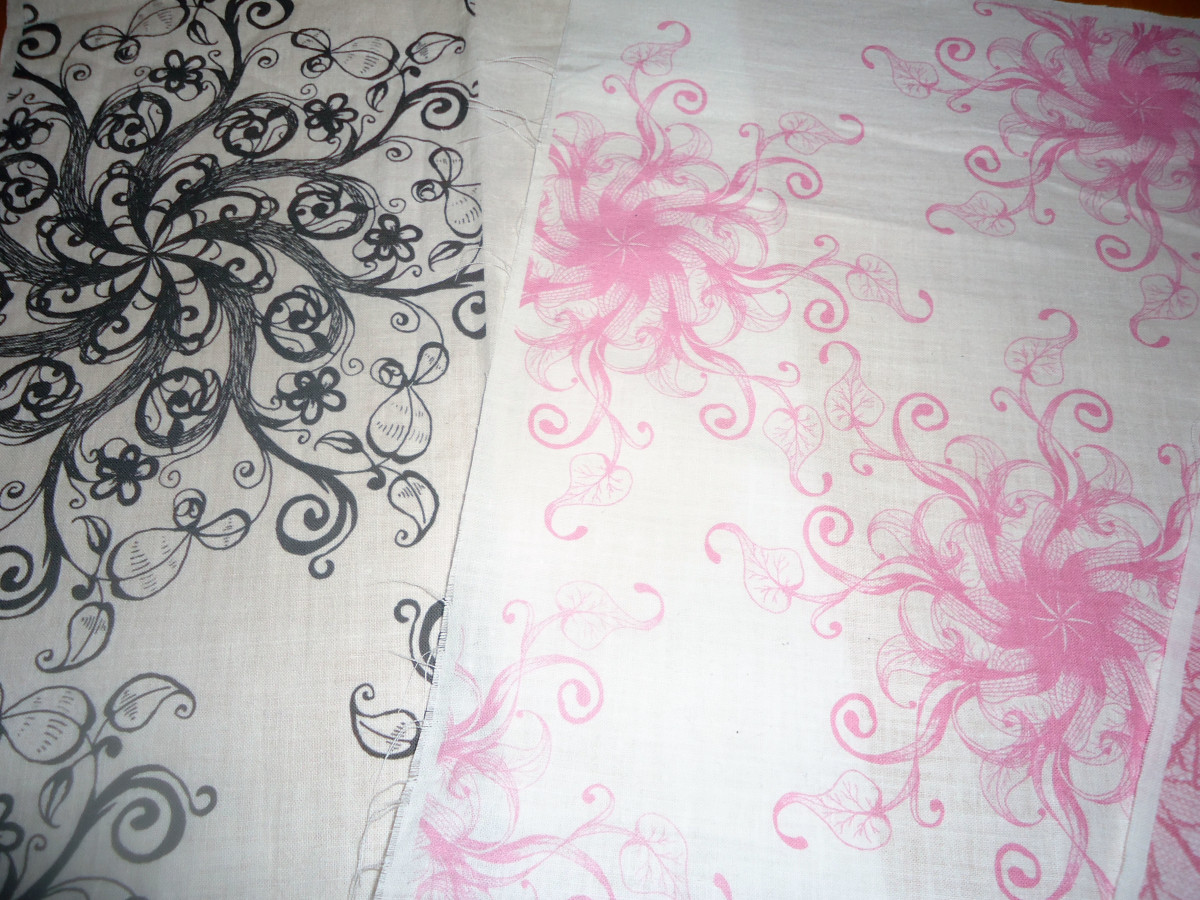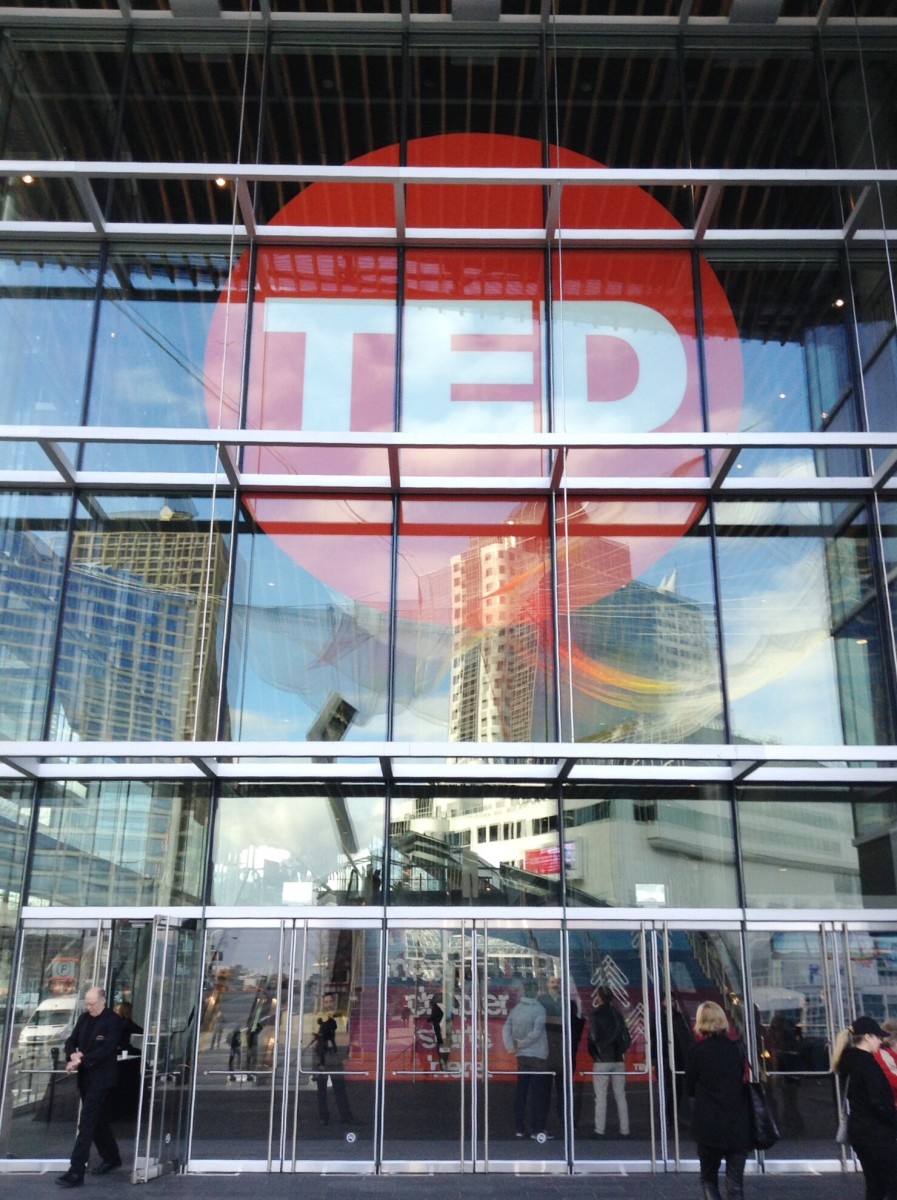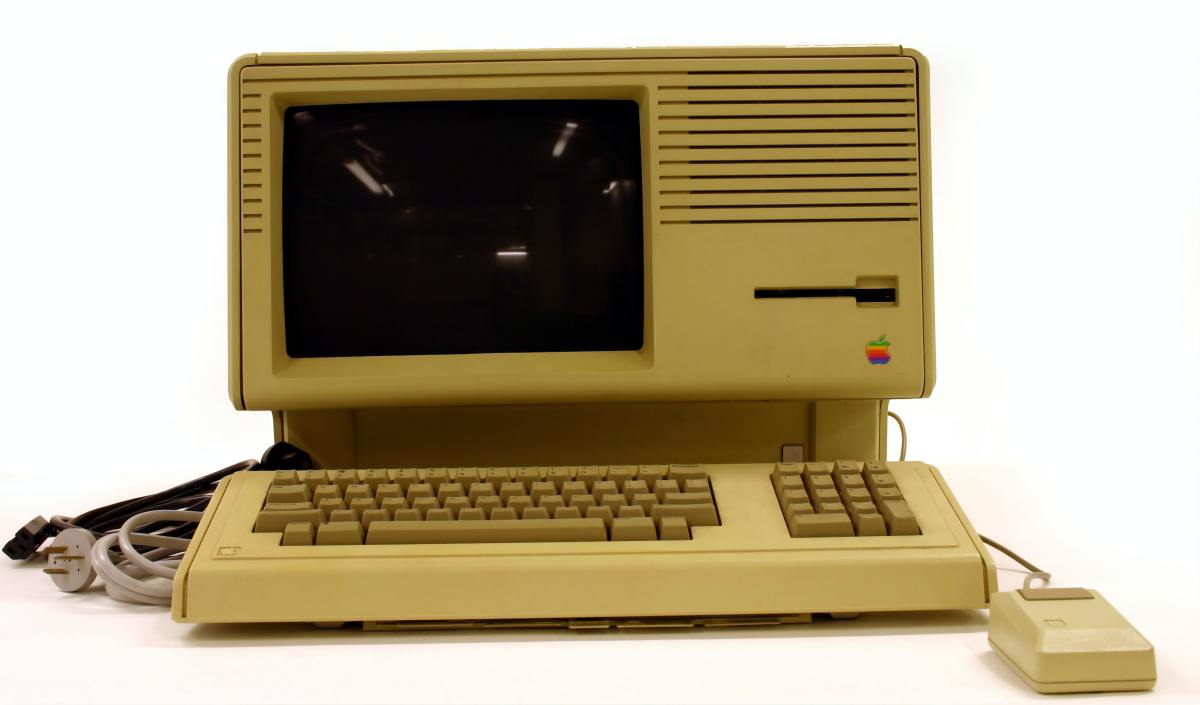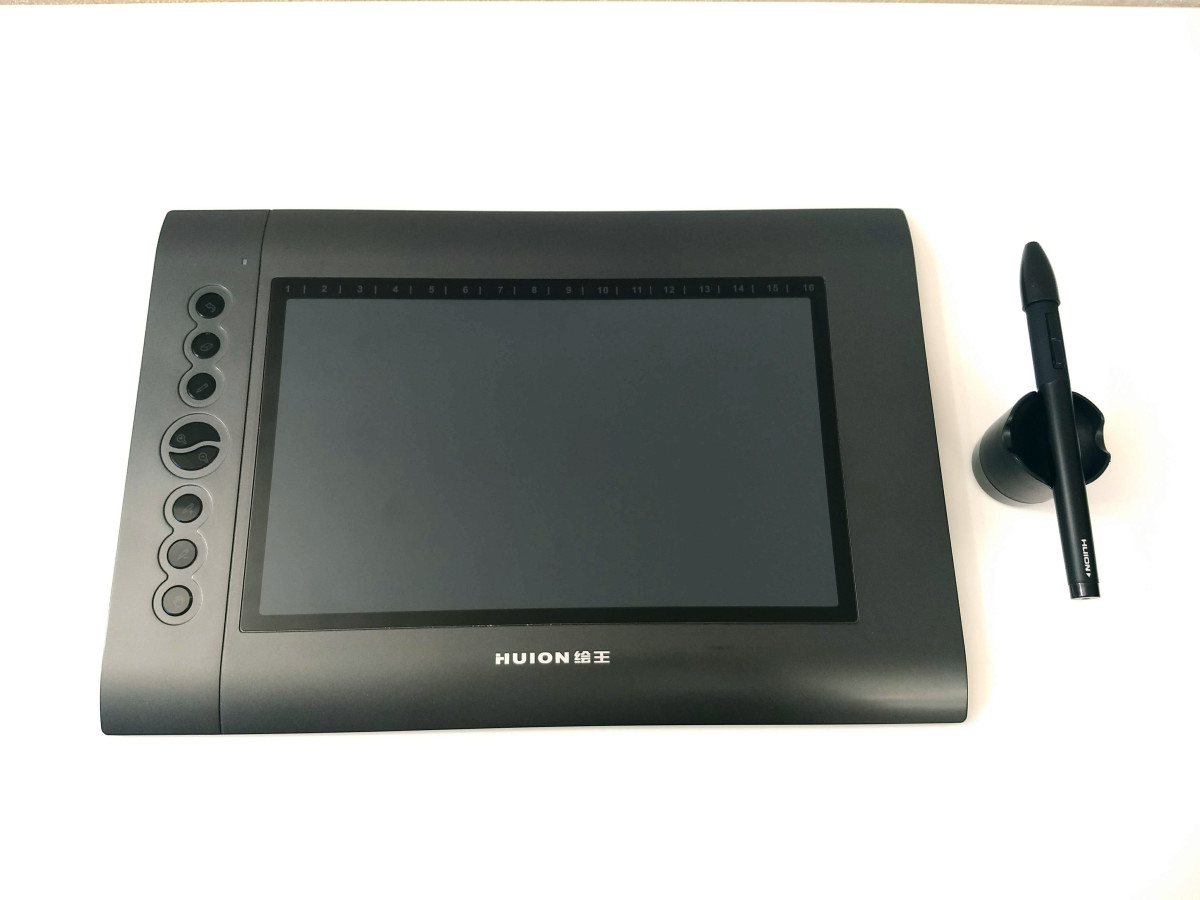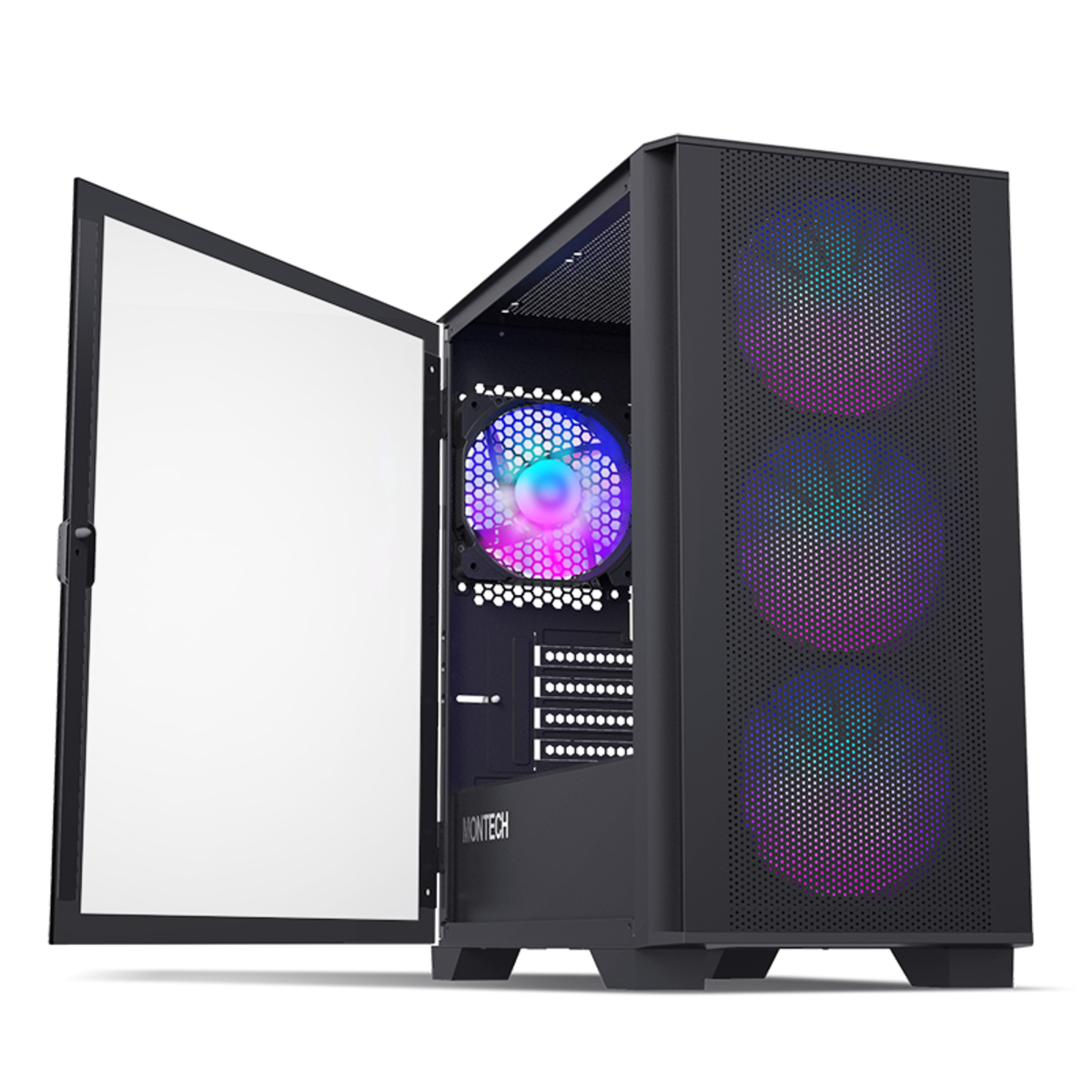- HubPages»
- Technology»
- Computers & Software»
- Computer Buying Guides
Inkjet Printers and Your Wallet
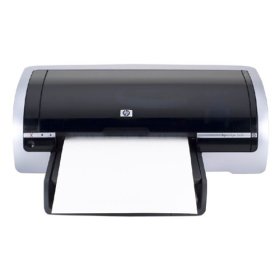
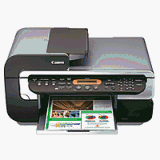
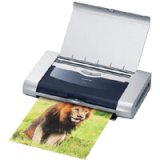
Injet Printers and Your Wallet
How much should you pay for an inkjet printer? What inkjet printer is the best? There are no easy answers to these questions. Much will depend on what brand you buy, what you intend to print and even where you buy it.
Four major companies supplies the majority of inkjet printers on the store shelves today. Canon, Lexmark, Epson and HP (Hewlett-Packard) have perfected the art of inkjet printing. They all have low end models priced from $50 to $149, middle of the pack models priced from $150 to $349 and highend models that can range from $350 and up. Some are stand alone (printers only) and some are multifunction - often referred to as all-in-one (typically space saving with a printer, fax machine and copier combined into one unit).
HP inkjet printers are typically rated to be a good all around choice. Text printing as well as photo printing is considered good and the cost of operation is acceptable.
Personally I like my stand alone HP inkjet printers (I have purchased several Deskjet models) with the bottom paper tray. Envelopes and labels are easy to align and the paper does not curl if not used quickly. I can fit it into a smaller space. My refill inkjet cartridges cost on average $25 for black and $40 for color and for around $60 I can buy a combo pack.
A lesson learned that saves money on replacement ink cartridges is to ignore the ink level indicator as it shows the ink levels getting very low. Many pages of black text can be printed without any degrigation even after the indicator shows empty and after the "low" ink warning pop up on the monitor. Have a new cartridge on hand however, because the ink will eventually run out and it will always happen suddenly. The same goes for the color cartridges except they tend to start changing the colors in the photo before they just give out completely. I have tried to refill cartridges myself - also to save money - but I prefer to just buy them pre-filled.
Epson printers are considered to be good quality photo printers. Epson typically uses the "fixed-head" technology which simply means that the print head is not part of the ink cartridge. It allows for higher quality printing and accurate ink placement on the paper. The upside of this design is lower cost ink cartridges and the downside is that if the print head is damaged it will cost more to replace it. Some Epson inks are rated to last for 100 years or longer and some Epson printers can print a photo as large as 13" x 19" compared to most inkjet printers that can only print as large as a standard or legal size sheet of paper.
Low cost printers are synonymous with low quality printing results. Canon's entry-level inkjet printers can withstand some scrutiny due to their text printing. Canon is also a good choice for small compact and somewhat portable models. My experience with such a printer was good. The expensive part was the ink cartridges. Since I did not use the printer for everyday printing the ink tended to dry out even when I removed the opened cartridge and stored it in the container meant for such a purpose.
Every inkjet printer has upsides and downsides. The cost of the consumables (ink cartridges) is one of the largest expenses experienced after the initial purchase of the printer itself. But that it not the only extra expense encountered. Most brick and mortar stores as well as online stores do not include the USB cable need to attach your inkjet printer to your computer. A USB cable can cost anywhere between $5 to over $30. So my advice is to keep your USB cable once you dispose of your old printer.
When you shop for an inkjet printer keep in mind what you want to print. If you just print text that does not have to be top quality you can go for a low-end, low-cost printer. But if you need higher quality text and an occasional photo printed spend more on the printer. If you print a lot of photos spend the extra money to get a printer highly rated for photo printing. If you need to save space and need the ability to print, copy and fax you may want an all-in-one inkjet printer. In any case, the re-fill ink cartridges will eventually be your biggest ongoing expense.


